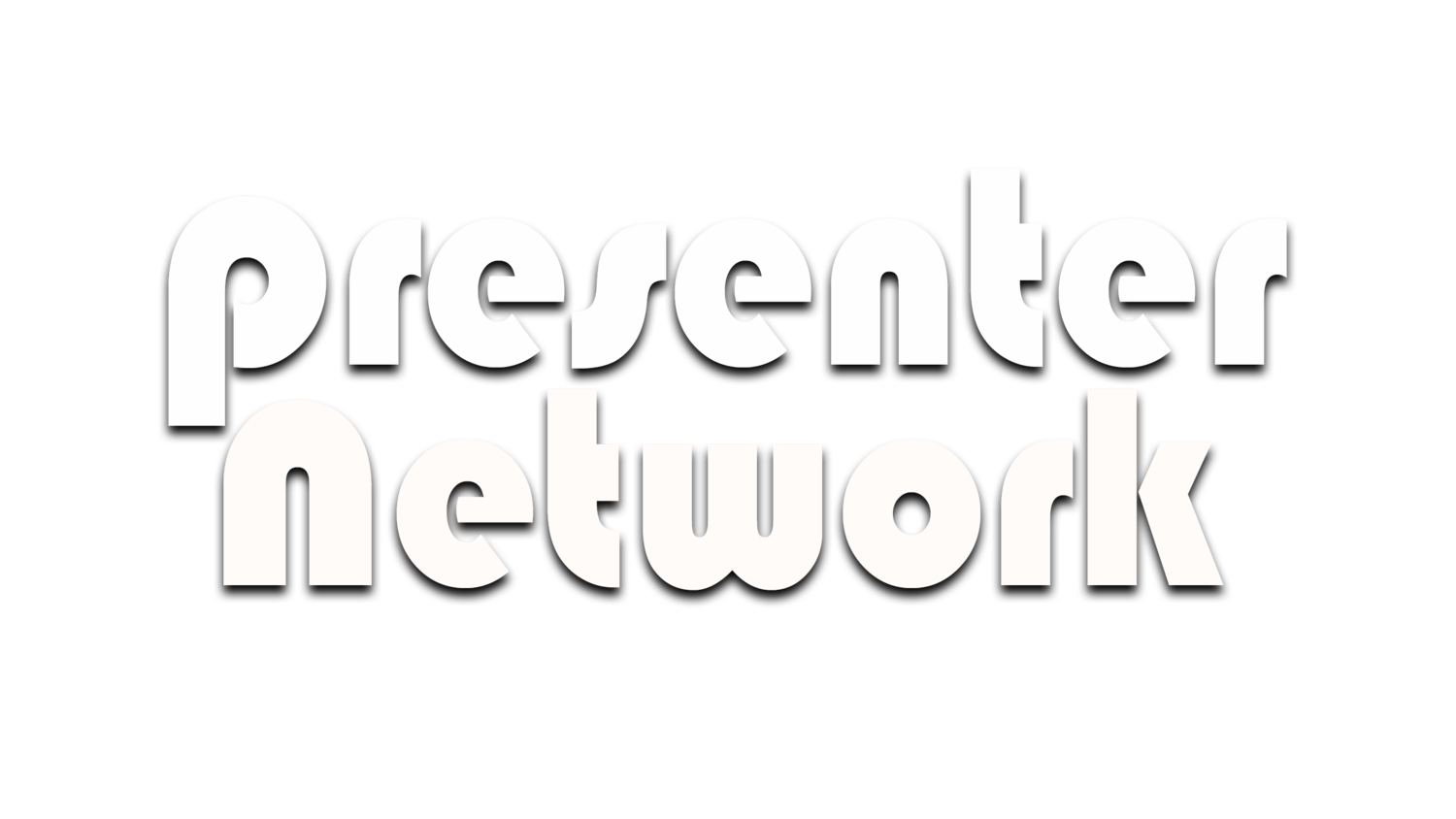The Human Touch: Why Human On-Camera Presenters Trump AI Ones
In an increasingly digital world where technology rapidly evolves, artificial intelligence (AI) has become an integral part of our lives, including in the realm of on-camera presenting. AI-powered virtual presenters have made significant strides in recent years, but when it comes to connecting with audiences on a deep and emotional level, human on-camera presenters still reign supreme. In this article, we explore the reasons why human presenters are better than AI ones and why they should be utilized wherever possible.
Authenticity and Emotion: One of the most significant advantages of human presenters is their ability to convey genuine emotions and authenticity. Humans can empathize with their audience, showcasing real emotions like enthusiasm, compassion, and excitement. This emotional connection resonates with viewers, fostering trust and establishing a stronger bond between the presenter and the audience.
Adaptability and Flexibility: While AI presenters are programmed to follow certain scripts and behaviors, human presenters possess the innate ability to adapt and improvise. They can respond to unexpected situations, handle impromptu questions, and adjust their approach based on audience feedback. This adaptability allows for more dynamic and engaging presentations, ensuring that the content remains relevant and compelling.
Non-Verbal Communication: A significant portion of communication occurs through non-verbal cues, such as facial expressions, body language, and tone of voice. Human presenters naturally excel in this domain, using these non-verbal cues to convey emotions, emphasize key points, and create a captivating presence on camera. These subtle yet powerful signals are often lost or not as effectively conveyed by AI presenters.
Personalization and Relatability: Humans possess a unique ability to connect with their audience on a personal level. They can tailor their presentations to resonate with specific demographics, cultures, and preferences, making the content more relatable and engaging. Human presenters can share personal anecdotes, experiences, and insights that AI presenters lack, further strengthening the bond with viewers.
Adaptation to Cultural Sensitivities: In a diverse world with various cultural norms and sensitivities, human presenters are better equipped to navigate the nuances of different societies. They can avoid potentially offensive language or actions that AI presenters may inadvertently employ due to programming limitations. This cultural intelligence ensures that the content remains inclusive and respectful.
Handling Complex Topics: While AI can process vast amounts of information quickly, human presenters have the capacity to simplify complex topics effectively. They can break down intricate concepts into easily digestible explanations, ensuring that the material is accessible to a broader audience. Moreover, human presenters can gauge audience comprehension and adjust their delivery accordingly.
Establishing Trust and Authority: Human presenters naturally evoke trust and authority. Audiences tend to place more faith in human expertise and experience, knowing that the presenter is a credible source of information. This trust is essential for building a loyal following and encouraging viewers to take action based on the presented content.
In conclusion, while AI-powered virtual presenters have their merits and continue to improve, they cannot yet rival the innate qualities of human on-camera presenters. The authenticity, emotion, adaptability, personalization, and cultural awareness that humans bring to the table are irreplaceable. For important messages, brand representation, and impactful communication, human presenters are the superior choice. Therefore, whenever possible, utilizing human on-camera presenters is highly recommended, as they can truly connect with the audience on a profound level, leaving a lasting and positive impression.

